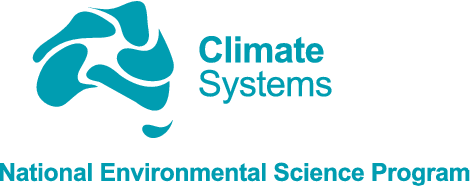October 1, 2025
Understanding Australia’s methane budget is essential for anyone invested in climate action, sustainable development, or environmental policy. Methane is a potent greenhouse gas, more impactful than carbon dioxide over the short term, and plays a critical role in our national emissions profile.
Given the recent announcement of Australia’s greenhouse gas emissions reduction target, the Australian methane budget assessment for 2010-2019 will enhance our understanding of methane’s role in Australia’s total greenhouse gas emissions and help guide mitigation approaches for policymakers. This new methane budget reveals where Australia’s methane emissions are coming from, whether through human activities like agriculture and energy production, or natural processes such as wetlands and bushfires. By pinpointing the sources, you can make informed decisions, target effective reductions, and contribute meaningfully to Australia’s emissions reduction goals.
Australia’s decadal methane budget (2010 – 2019) showed human activities produced the most net methane emissions, contributing 5.6 million tonnes each year. The largest natural emitters were wetlands, followed by emissions from lakes, rivers, and streams. As the world warms, bacteria producing methane in wetlands work more efficiently, resulting in a further increase of methane in the atmosphere.
Livestock and manure together is the largest source of human-driven methane into the atmosphere in Australia, followed by reservoirs, dams and streams, and the fossil fuel industry. Soils act as a methane sink due to methane-consuming bacteria in the soil. However, the largest sink is the atmosphere, which, through chemical reactions, converts methane into carbon dioxide.
This research has also shown that there are difficulties in estimating the fluxes of methane from natural sources, particularly wetlands in Australia, which are often temporary and highly dynamic over time. Reducing these uncertainties is essential in understanding the scale of the sources and how they will affect and be affected by climate change.
While natural methane sources like wetlands can’t be reduced, human driven emissions can:
- The gas and coal industries can cut fugitive emissions during extraction, processing, and transport, although open coal mines remain a large and difficult source to address.
- Reduced livestock emissions are possible through food additives and improved manure management but eliminating them completely is unlikely.
- Intermittent water flooding of rice paddies reduces emissions while not affecting yields.
Why methane matters
Methane is a greenhouse gas that contributes to human-induced climate change. To date, methane emissions from human activities have caused 0.5°C of current warming, which is two-thirds as much as the warming caused by carbon dioxide. Although methane remains in the atmosphere for a much shorter period compared to carbon dioxide, it has a much higher global warming potential—86 times greater over 20 years. This is because methane absorbs thermal infrared radiation from the sun more efficiently than carbon dioxide, trapping more heat in our atmosphere.
Due to its shorter atmospheric lifespan, methane is highly responsive to changes in emissions. For example, reductions in methane emissions can lower temperatures within a decade. After 30 years, less than 10 percent of methane’s warming effect remains, and it mostly disappears within 50 years.
Reducing methane emissions is crucial in lowering the peak temperature at which the climate will stop warming when carbon dioxide reaches net zero. Given methane’s high potency in warming and its relatively short atmospheric lifetime, cutting methane emissions is key to quickly reducing the rising global mean temperature.
Downloads
- Fact sheet Australia's methane budget (PDF 504 KB)

